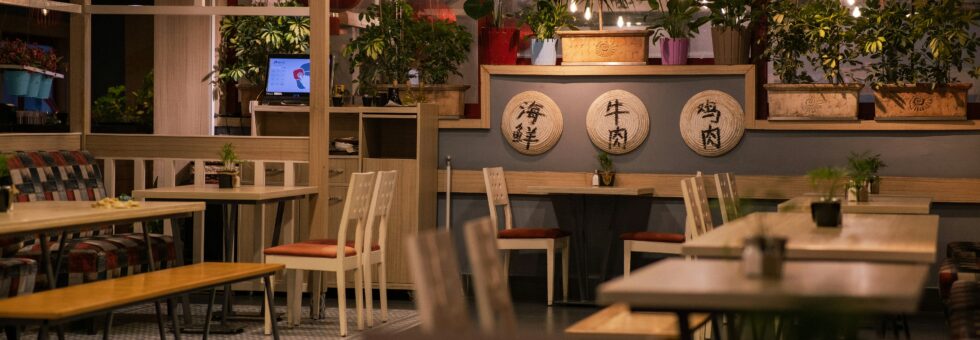Crafting a Comprehensive Business Plan for Your Coffee Shop
Embarking on the journey of opening your own coffee shop begins with the cornerstone of any successful business venture—a meticulously crafted business plan. This document serves not only as a roadmap to guide you through the myriad of decisions and challenges that lie ahead but also as a tool to secure funding and attract potential investors. To construct a robust business plan, you must delve into several key components that lay the foundation for your coffee shop’s future success.
Market Research and Analysis
Start by conducting thorough market research to understand your target demographic, competitors, and emerging industry trends. This analysis will inform your decisions on location, pricing, and product offerings, ensuring that your coffee shop stands out in a crowded marketplace.
Defining Your Unique Selling Proposition (USP)
What will make your coffee shop different? Your USP should highlight what sets you apart from the competition, whether it’s a unique blend of coffee, exceptional customer service, or a cozy atmosphere. Clearly defining this will help shape your branding and marketing strategies.
Financial Projections and Budgeting
Develop detailed financial projections, including startup costs, operational expenses, and revenue forecasts. Accurate budgeting is crucial to ensure that your coffee shop remains financially viable while allowing room for growth and innovation.
By weaving these elements into a cohesive business plan, you establish a solid foundation that will support your coffee shop’s growth, steer its operations, and attract stakeholders who believe in your vision. With a comprehensive plan in hand, you’re well-equipped to navigate the exciting journey of launching a successful coffee shop.
Finding the Perfect Location for Success
Embarking on the adventure of opening a coffee shop begins with one pivotal decision: choosing the perfect location. This choice is not merely about finding a space with four walls and a roof; it’s about selecting a site that resonates with your brand’s identity and caters to your target audience. The location will significantly influence foot traffic, operational logistics, and, ultimately, the success of your business.
Understanding Your Target Demographic
Before committing to a location, it is crucial to understand who your potential customers are. Are you targeting college students, busy professionals, or perhaps retirees looking for a cozy spot to relax? Each demographic gravitates towards different environments, and selecting a location in proximity to your desired audience can greatly enhance your visibility and appeal.
Evaluating Accessibility and Visibility
Accessibility is another key factor. A location that is easy to reach, with ample parking or convenient public transport links, can significantly boost your customer base. Equally important is the visibility of the location. A well-situated shop on a busy street corner can attract passersby, while a hidden gem might require more marketing efforts to draw in customers.
Considering Competition and Community
Investigating the local competition is essential as well. While a bustling area with numerous coffee shops might indicate high demand, it also suggests fierce competition. Conversely, a location with fewer competitors but a strong community presence could offer a niche market ripe for your unique offerings. Engaging with the local community to understand their needs and preferences can provide invaluable insights, helping you tailor your services to fit seamlessly into the neighborhood.
Ultimately, finding the right location is a blend of strategic analysis and intuitive understanding. It requires balancing practical considerations with the creative vision you have for your coffee shop, ensuring that it becomes not just a place to enjoy a good cup of coffee but a cherished part of the community.
Designing an Efficient and Inviting Floor Plan
Embarking on the journey of establishing a coffee shop begins with crafting an environment that marries functionality with allure—an efficient and inviting floor plan is foundational to this pursuit. The layout of your coffee shop influences not only the ambiance but also the operational workflow. Thus, striking the right balance between aesthetics and practicality is essential.
Maximizing Space Utilization
An effective floor plan requires careful consideration of space allocation. Start by assessing the overall square footage and determining the optimal arrangement for seating, counter space, and walkways. Utilize every inch wisely; for instance, consider multi-functional furniture that offers storage solutions or movable pieces that can adapt to different crowd sizes. This ensures that the shop remains spacious and welcoming, even during peak hours.
Creating a Welcoming Atmosphere
The first impression is often the lasting one. A well-thought-out floor plan should guide customers naturally from entry to seating, incorporating design elements that reflect the shop’s theme and brand identity. Use warm lighting, comfortable seating arrangements, and strategically placed decor to create a cozy and inviting atmosphere. The layout should encourage patrons to linger, fostering a sense of community.
In conclusion, a thoughtfully designed floor plan serves as the backbone of a successful coffee shop. By harmonizing efficiency with charm, you lay the groundwork for a thriving business that attracts and retains a loyal customer base.


